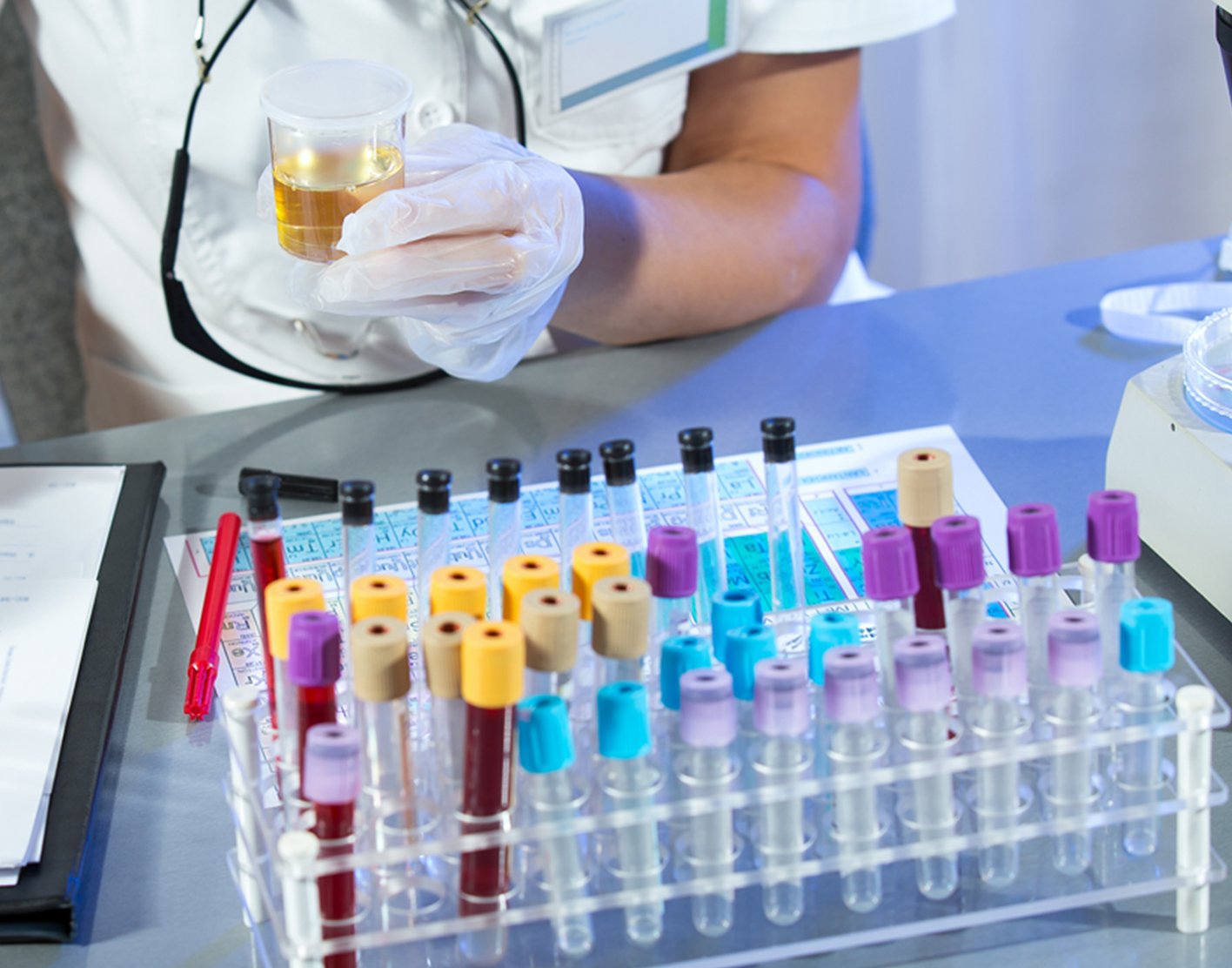
Citric acid urine test
Definition
Citric acid urine test measures the level of citric acid in urine.
Alternative Names
Urine - citric acid test; Renal tubular acidosis - citric acid test; Kidney stones - citric acid test; Urolithiasis - citric acid test
How the Test is Performed
You will need to
How to Prepare for the Test
No special preparation is necessary for this test. But the results are affected by your diet, and this test is usually done while you are on a normal diet. Ask your provider for more information.
How the Test will Feel
The test involves only normal urination, and there is no discomfort.
Why the Test is Performed
The test is used to diagnose
Normal Results
The normal range is 320 to 1,240 mg per 24 hours.
Normal value ranges may vary slightly among different laboratories. Some labs use different measurements or test different samples. Talk to your provider about the meaning of your specific test results.
What Abnormal Results Mean
A low level of citric acid may mean renal tubular acidosis and a tendency to form calcium kidney stones.
The following may decrease urine citric acid levels:
- Long-term (chronic) kidney failure
Diabetes - Excessive muscle activity
- Medicines called angiotensin converting enzyme (ACE) inhibitors
- Parathyroid glands do not produce enough of its hormone (
hypoparathyroidism ) - Too much acid in the body fluids (
acidosis )
The following may increase urine citric acid levels:
- A high
carbohydrate diet - Estrogen therapy
Vitamin D
Risks
There are no risks with this test.
References
Dixon BP. Renal tubular acidosis. In: Kliegman RM, St. Geme JW, Blum NJ, Shah SS, Tasker RC, Wilson KM, eds. Nelson Textbook of Pediatrics. 21st ed. Philadelphia, PA: Elsevier; 2020:chap 547.
Oh MS, Briefel G, Pincus MR. Evaluation of renal function, water, electrolytes, and acid-base balance. In: McPherson RA, Pincus MR, eds. Henry's Clinical Diagnosis and Management by Laboratory Methods. 24th ed. Philadelphia, PA: Elsevier; 2022:chap 15.
Pearle MS, Antonelli JA, Lotan Y. Urinary lithiasis: etiology, epidemiology, and pathogenesis. In: Partin AW, Dmochowski RR, Kavoussi LR, Peters CA, eds. Campbell-Walsh-Wein Urology. 12th ed. Philadelphia, PA: Elsevier; 2021:chap 91.
Review Date: 31/10/2021
The information provided herein should not be used during any medical emergency or for the diagnosis or treatment of any medical condition. A licensed physician should be consulted for diagnosis and treatment of any and all medical conditions. Call 911 for all medical emergencies. Links to other sites are provided for information only -- they do not constitute endorsements of those other sites. Copyright ©2019 A.D.A.M., Inc., as modified by University of California San Francisco. Any duplication or distribution of the information contained herein is strictly prohibited.
Information developed by A.D.A.M., Inc. regarding tests and test results may not directly correspond with information provided by UCSF Health. Please discuss with your doctor any questions or concerns you may have.



























